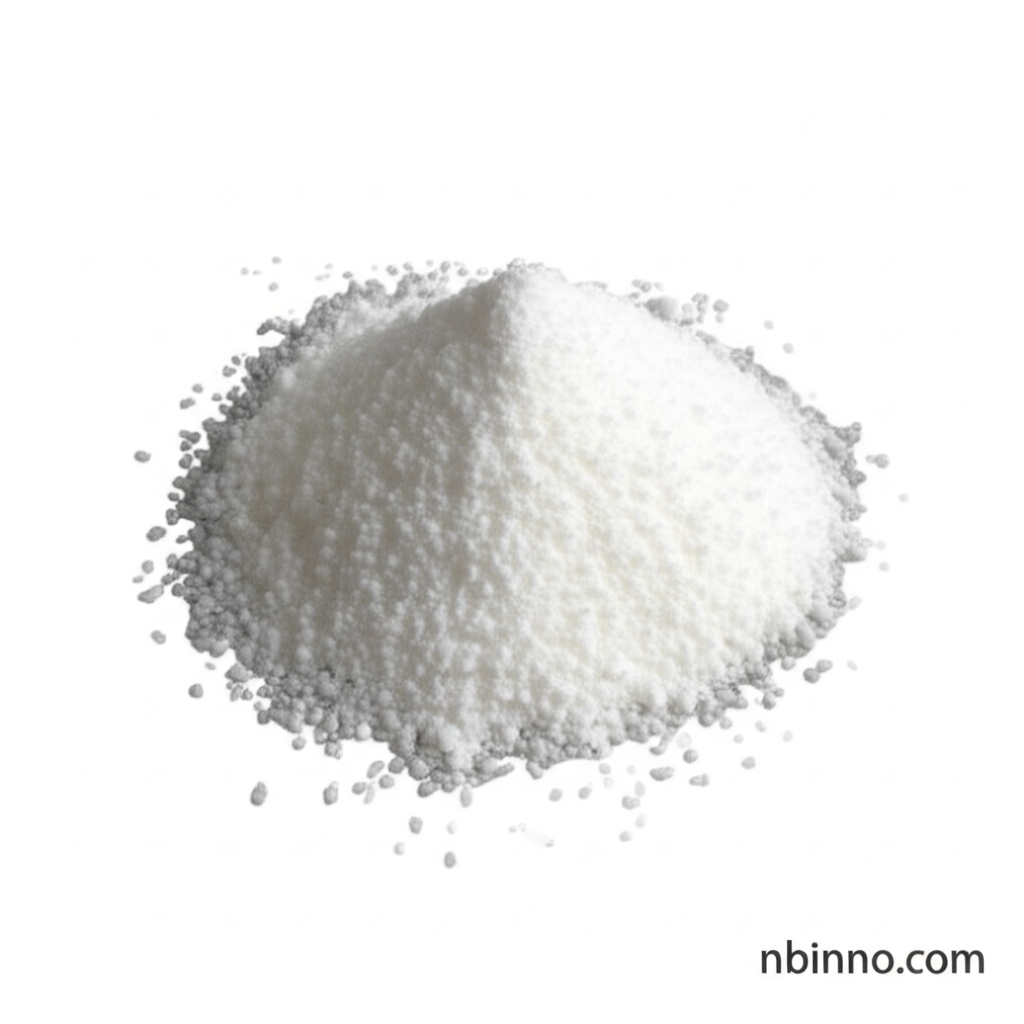Tribromoneopentyl Alcohol: High-Performance Reactive Flame Retardant
Enhance fire safety with a stable, high-bromine content flame retardant designed for demanding applications.
Get a Quote & SampleProduct Core Value

Tribromoneopentyl Alcohol
Tribromoneopentyl Alcohol (TBNPA) stands out as a premium reactive flame retardant, distinguished by its significant aliphatic bromine content of approximately 73%. This high bromine concentration, coupled with exceptional stability, makes it a preferred choice for applications where superior thermal, hydrolytic, and light resistance are paramount. Its role as a reactive intermediate for developing high molecular weight flame retardants, especially in synergy with phosphorus-based compounds, highlights its versatility.
- Achieve superior fire retardancy with this reactive flame retardant for polyurethanes, a key advantage for safety-critical applications.
- Leverage its high bromine content for effective fire resistance, making it an essential component in demanding industrial formulations.
- Benefit from its exceptional thermal stability, ensuring performance retention even under elevated temperatures.
- Utilize its high solubility in polyurethane systems, which simplifies processing and enhances compatibility for both rigid and flexible foams.
Product Advantages
Enhanced Fire Safety
The high bromine content of this flame retardant for polyurethanes ensures robust fire protection, crucial for meeting stringent safety standards in various industries.
Superior Stability
Experience exceptional thermal, hydrolytic, and light stability, allowing its use in challenging environments and extending product lifespan.
Reactive Functionality
Its reactive nature, particularly its ability to form pendant urethane groups, allows for permanent integration into polymer matrices, preventing leaching.
Key Applications
Polyurethane Foams
As a reactive flame retardant for polyurethanes, it is vital for both rigid and flexible foams, enhancing fire retardancy in construction and furniture.
Reactive Intermediates
Serves as a critical reactive intermediate for synthesizing high molecular weight flame retardants, often combined with phosphorus for synergistic effects.
Coatings and Adhesives
Its stability and flame-retardant properties are beneficial in specialized coatings and adhesives requiring enhanced fire resistance.
Elastomers and Textiles
Contributes to the flame retardancy of elastomers and can be applied in textile treatments for improved fire safety.
